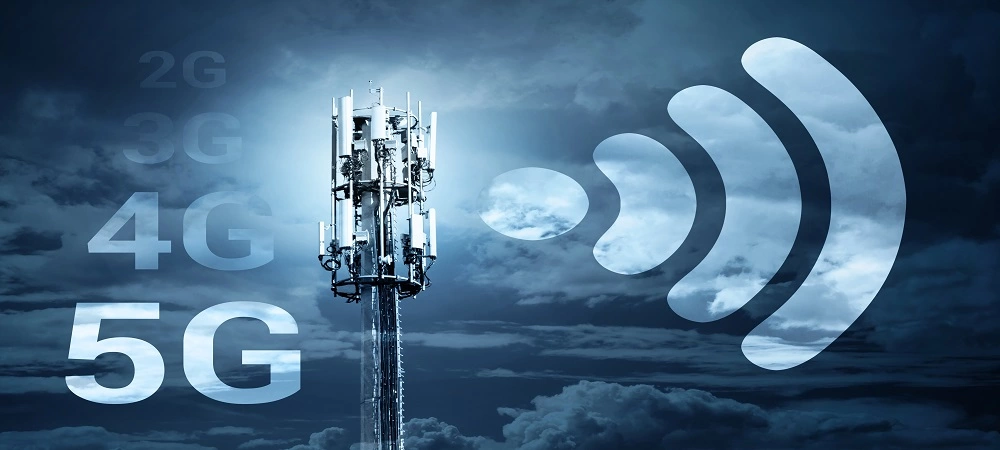
1&1 Introduces eSIM Convenience Activation: No More QR Codes, Just One Click
When it comes to mobile connectivity, the less hassle, the better. And that’s exactly what German telecom operator 1&1 is promising with its brand-new eSIM Convenience Activation option. If you’ve ever struggled with scanning QR codes, entering activation codes, or simply setting up your mobile plan on a new device, this news will feel like a breath of fresh air.
Instead of juggling codes or calling customer support, 1&1 customers will now receive a preconfigured smartphone that automatically recognizes the stored eSIM profile. The magic moment? You just turn on your new device for the first time, connect it to Wi-Fi, and boom—the eSIM profile is right there waiting for you. One single click later, and your mobile contract is active. No friction, no fuss.
Why This Matters for Everyday Users
Let’s be honest: while eSIMs are incredibly useful, the actual activation process hasn’t always been the most user-friendly. Many operators still rely on QR codes, which require you to have another device or a printout handy. Lose the code, and you’re stuck. Some providers have tried to streamline the process with apps or manual downloads, but the steps can still feel clunky compared to the plug-and-play simplicity of the old plastic SIM card.
That’s where 1&1’s new option really shines. By skipping the code altogether and tying the eSIM to the preconfigured smartphone, they’ve managed to make activation as easy as hitting “OK.” It’s a small change on paper, but in practice, it could be a huge leap for customer experience.
The Rise of the eSIM Era
eSIM adoption has been steadily increasing, particularly in Europe. Apple went all-in with eSIM-only iPhones in the US, Google has pushed it on its Pixel devices, and Samsung’s Galaxy line supports it as well. More and more smartphone makers are leaving the physical SIM slot behind, which means operators need to adapt quickly.
Germany, in particular, has been a competitive eSIM market. Deutsche Telekom, Vodafone, and O2 have all offered eSIM services for a while, but each with its own quirks in terms of activation. 1&1 entering the scene with a convenience-first approach makes sense—it’s a way to stand out in a crowded field and give customers one less reason to hesitate about ditching the plastic SIM card.
How the Convenience Activation Works
The concept is surprisingly simple, but it’s the execution that makes it smooth:
- Order your smartphone with a 1&1 contract.
The device already comes preconfigured with your eSIM details in the background. - Turn on your smartphone.
As soon as you power it up for the first time, the system recognizes the stored eSIM profile. - Connect to Wi-Fi.
This is the only real step you have to take—without Wi-Fi, the activation can’t proceed. - Click once to activate.
Instead of fiddling with codes or apps, you just hit a confirmation button.
And that’s it. You’re connected. Your contract kicks in immediately, and you’re free to start using your phone.
Why Wi-Fi Is Key
You might wonder: why is Wi-Fi needed in this process? It’s because the eSIM profile, while already stored on the device, still needs to “phone home” to the network for authentication and activation. Think of it like having a key stored on your phone—the lock (1&1’s network) still needs to recognize it. A Wi-Fi connection ensures the device can securely complete this handshake without requiring mobile data first.
A Win for New Customers
For people new to 1&1, this is an especially attractive perk. Buying a new phone with a new plan can already be overwhelming—there are contracts to read, terms to accept, and plenty of settings to adjust. Simplifying one of the most annoying parts (the SIM setup) is a clever way for 1&1 to win over customers who might otherwise choose another operator.
It also makes 1&1’s offering more competitive in a time when customers care about experience as much as price. Sure, everyone wants affordable data, but if the first impression of your service is a clunky setup, it leaves a bad taste. On the flip side, a seamless, one-click activation sets a positive tone from day one.
No More QR Code Anxiety
If you’ve ever used an eSIM with a QR code, you probably know the pain points:
- You need another device to scan the code.
- If the code arrives by email, you can’t use it on the same phone you’re activating unless you print it.
- If you lose the code, getting a replacement isn’t always quick.
This is especially annoying for travelers who rely on eSIMs abroad. Imagine landing in another country, only to realize you forgot to print your QR code—or worse, you left it sitting in your email inbox with no way to access mobile data. That’s not the kind of problem anyone wants to face after a long flight.
1&1’s Convenience Activation eliminates this entirely. The eSIM profile is already tied to the device, so there’s nothing to lose, misplace, or forget.
The Bigger Picture: Toward a Truly Digital SIM World
The launch of this feature is more than just a customer-friendly perk—it’s also a glimpse into the future of mobile connectivity. Physical SIM cards are becoming obsolete, and the industry knows it. Every improvement in eSIM activation brings us closer to a world where:
- SIM cards aren’t mailed anymore. No more waiting for a plastic chip to arrive.
- Switching providers is frictionless. You could, in theory, hop between operators in minutes.
- Roaming solutions get smarter. Imagine landing in Spain, tapping once, and instantly having a local data plan without ever visiting a store.
By eliminating QR codes and making activation as easy as one click, 1&1 is laying another brick in the road to that fully digital SIM future.
What It Means for Travelers and Digital Nomads
While this update is targeted at 1&1’s own customers in Germany, it has broader implications for anyone who travels frequently. The biggest headache with mobile plans abroad is still activation complexity. If more operators follow 1&1’s lead, travelers could eventually order preloaded devices or eSIMs that require almost no effort to set up.
For digital nomads, who often swap between multiple providers and devices, the convenience factor is even more valuable. One-click activation saves time, reduces stress, and makes sure you’re always connected when you need to be.
Potential Limitations
Of course, this system isn’t perfect yet. For one, it only works if you’re buying a smartphone directly through 1&1. If you’re using your own device or a secondary eSIM, you may still have to rely on QR codes or manual activation.
Also, the Wi-Fi requirement could be tricky in certain scenarios. If you’re unboxing your phone in a place without Wi-Fi, you’ll need to wait until you can connect. That said, compared to the old process, it’s still a significant improvement.
The Takeaway
1&1’s new eSIM Convenience Activation option is a small change with big potential. By making setup as easy as connecting to Wi-Fi and tapping once, they’ve removed one of the last major friction points in the eSIM journey.
For customers, it means less stress and faster connections. For the industry, it’s another push toward a future where physical SIM cards are a relic of the past. And for competitors, it’s a wake-up call: convenience is king, and whoever nails the user experience will win the loyalty of tomorrow’s mobile customers.
So the next time you order a smartphone with 1&1, don’t go digging for QR codes or fiddling with extra steps. Just power on, connect, and click. That’s the future of connectivity—and it starts now.









